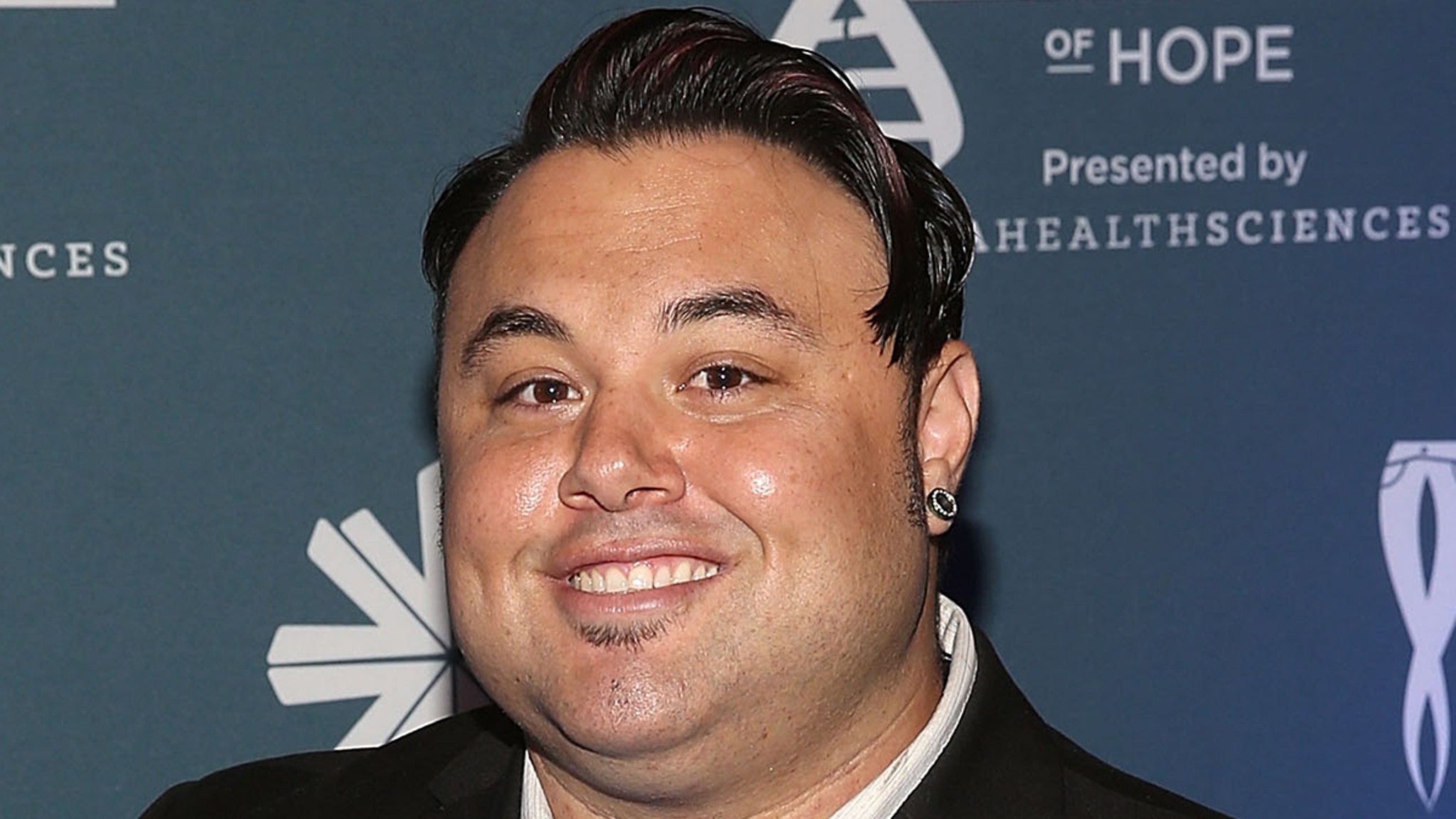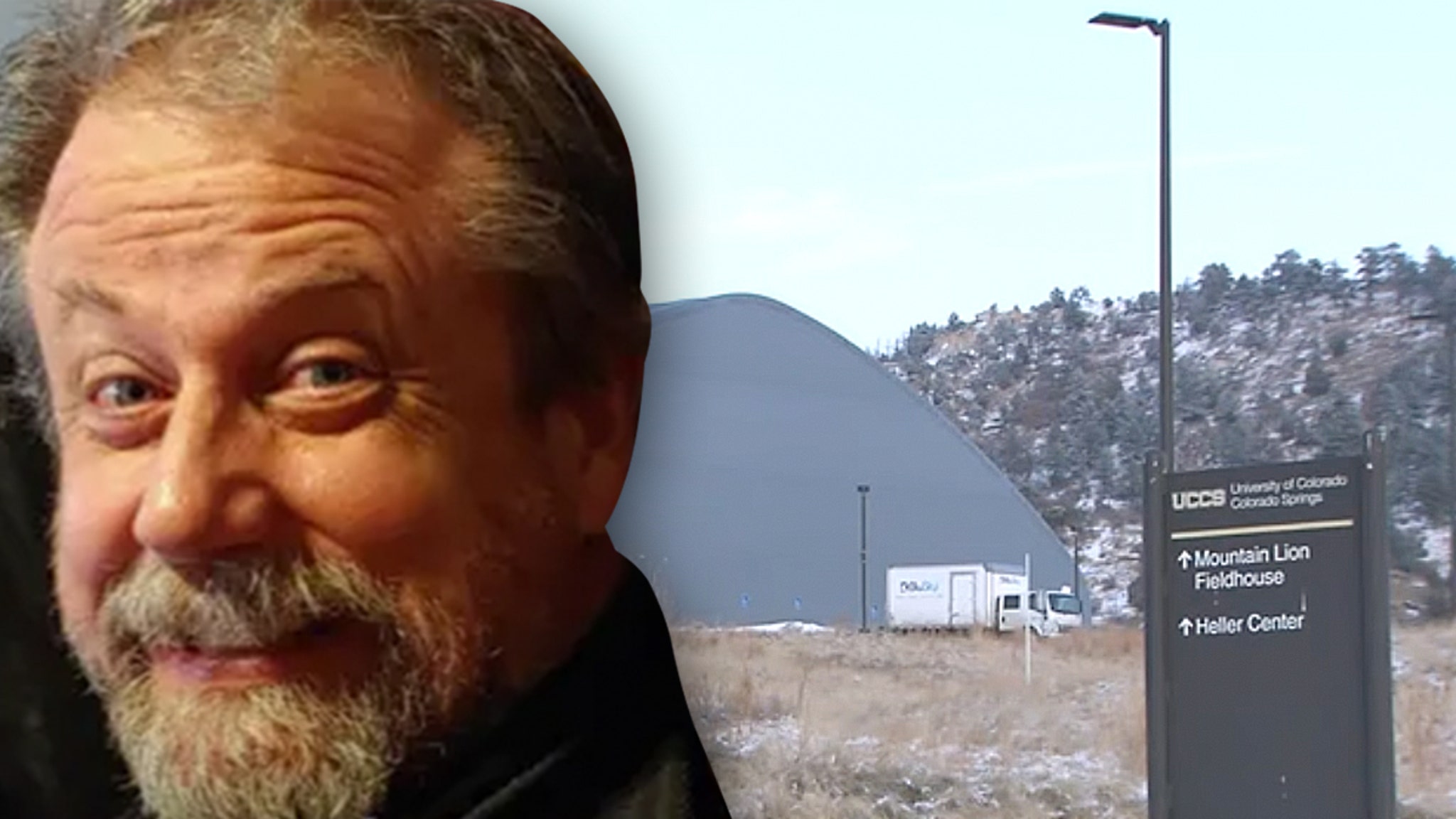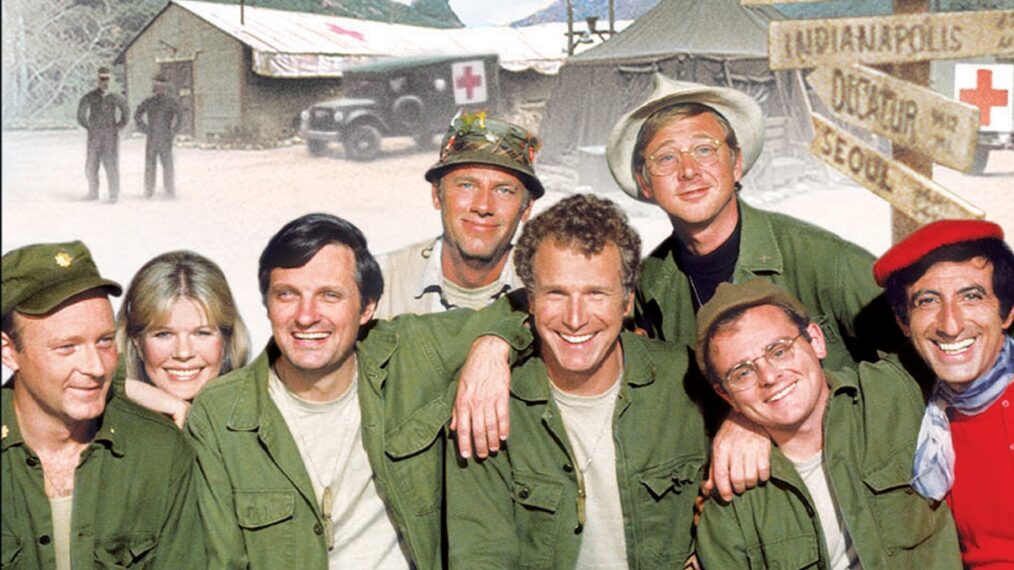The US and Israeli spy chiefs were in Qatar on Thursday, working on plans for a potential humanitarian pause that would allow as many as 20 hostages to be released by Hamas and more aid to enter the besieged Gaza Strip.
The three-way negotiations between CIA director Bill Burns, David Barnea, head of Mossad, Israel’s intelligence agency, and Qatari officials are focusing on a three-day humanitarian pause in Israel’s offensive to facilitate the release of 10 to 20 civilian hostages, said an official briefed on the discussions.
Qatar is in turn liaising with Hamas, the Palestinian militant group at war with Israel. The temporary halt in fighting would also be used to push Hamas to compile and hand over a list of all the more than 240 hostages it is holding, according to the official, and to enable more aid to be delivered to the strip.
“Talks have been progressing well towards a deal in the past few days,” the official said.
US president Joe Biden said on Thursday he was calling for a three-day pause and that he wanted a longer one if it allowed hostages to be released.
At the same time, the White House said Israel had agreed to shorter four-hour humanitarian pauses each day in the fighting in northern Gaza — a measure Israel had already begun, with civilians fleeing the area each day during the halts in fighting.
However, a spokesman for the Israeli prime minister’s office said: “The fighting continues and there will be no ceasefire without the release of our hostages.”
Discussions about a potential longer break in hostilities have swung between Hamas’s demands for a five-day pause, alongside fuel and aid deliveries in exchange for an unknown number of hostages, and Israeli prime minister Benjamin Netanyahu suggesting hours-long tactical pauses during hostage releases.
But the talks in Qatar are the most advanced so far. Barnea is on his second trip to the Gulf nation, which has played a major role in the Gaza Strip by providing financial support for civilians and public sector workers. Doha also hosts Hamas’s political office.
The talks were taking place as Israeli forces stepped up fighting near the centre of Gaza City and its military strengthened its hold over the north of the Gaza Strip. Tens of thousands of Palestinians fled south on Wednesday to escape the conflict.
Gazans reported fighting close to two major hospitals, al-Shifa — which Israel has called a site of Hamas operations and where it intends to take control — and al-Quds, and in the commercial district of Zeitoun.
Israeli military spokesperson Rear Admiral Daniel Hagari said Hamas, the militant group, had “lost its grip on the north”.
“The Hamas leadership is disconnected — they sit in the bunkers, disconnected from the public, disconnected from their . . . own fighters . . . and also disconnected abroad,” he added.
The fight for Gaza City is picking up pace as US secretary of state Antony Blinken has presented a vision for postwar Gaza that differs starkly from Israel’s and is significantly more detailed.
He has called for governance by the Hamas rival Palestinian Authority, a minimal presence of Israeli troops, an end to the 16-year blockade of the Palestinian enclave and “no reduction in the territory of Gaza”.
That would be possible only if neither Gaza nor the West Bank were used as bases for violent attacks on Israel, he said, after a meeting of G7 foreign ministers in Japan on Wednesday. Blinken again backed international calls for a two-state solution.
Netanyahu this week said Israel would have “overall security responsibility” in Gaza for an indefinite period. He has consistently sought to weaken the PA during his tenure as PM and declined to revive negotiations for a two-state solution.
The death toll in Gaza has risen to 10,800, roughly two-thirds of them women and children, say local health officials. European and Arab diplomats are meeting in Paris to discuss measures to contain a deepening humanitarian crisis, including suggestions for a maritime aid corridor from Cyprus to Gaza, and hospital ships. Israel will not attend.
At least 1,400 Israelis were killed in Hamas’s cross-border raid on October 7, including 314 soldiers, the government has said. At least 30 Israeli soldiers have died since the beginning of the country’s ground offensive on November 3.
Both the Israel Defense Forces and Hamas have declined to provide estimates of how many Hamas militants have been killed.
The IDF estimated that 50,000 Palestinians fled south on Wednesday, some waving white flags as they approached Israeli soldiers on a major evacuation route, Salah ad-Din Road.
Conditions in southern Gaza are dire, with UN and international agencies describing acute shortages of food, water and medical care for the hundreds of thousands of Palestinians forced to leave their homes.
UNRWA, the UN agency that provides aid to Palestinians, said it had managed to get a second shipment of “much-needed emergency medical supplies and medicines” to the al-Shifa hospital, the largest in the territory, which is in the heart of Gaza City.
Israel has indicated it intends to take control of the hospital site, which it describes as being infiltrated by Hamas militants and sitting atop an underground network of tunnels. Hamas denies the claims.









































:quality(85):upscale()/2025/01/30/728/n/1922564/bae21b97679ba8cf1dcb88.10828921_.png)





































